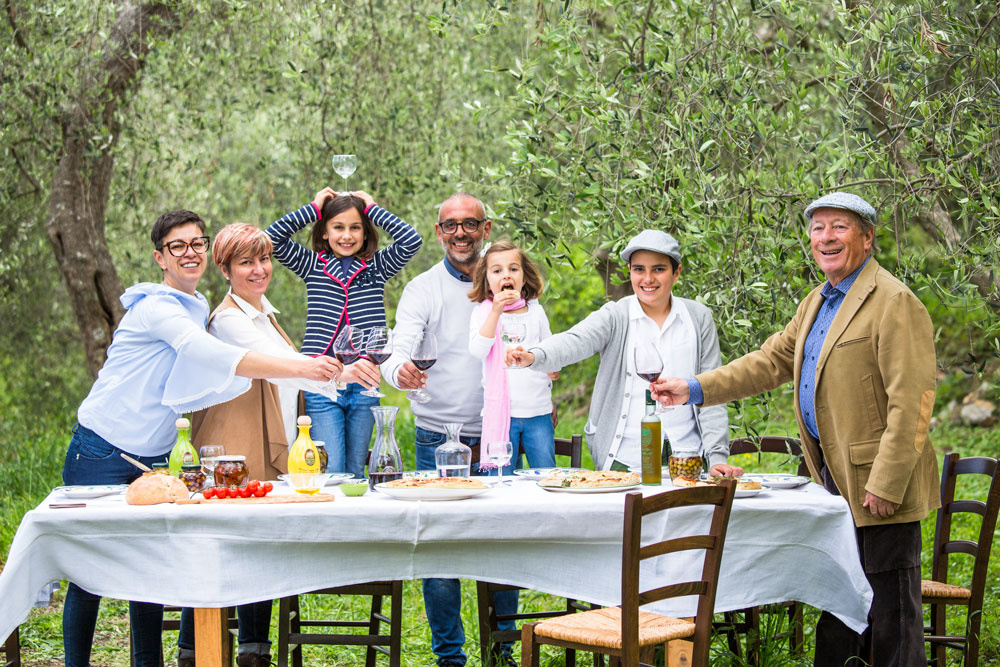Setting
Language
Currency
0
Shopping cart
You have no items in your cartFrom a recipe of the most ancient Ligurian tradition comes the Pesto del Frantoio with PDO Genoese basil and Parmigiano Reggiano aged for 30 months, unpasteurized. A pesto like the homemade one made with extra virgin olive oil without preservatives in compliance with the most traditional recipe.
Ingredients: extra virgin olive oil, Genoese PDO basil, pine nuts, salt, seasoned PDO Parmigiano Reggiano (milk, salt, rennet) garlic, wine vinegar, acidity regulator: lactic acid, citric acid.
THE PRODUCER:
Frantoio D'Oneglia oil mill is located in the small, picturesque village of Sant`Agata d`Oneglia, in the hilly countryside of Imperia, overlooking the Ligurian coast, where the same family has been making typical regional products from the small, highly aromatic Taggiasca olives for over 190 years. The olive trees are pruned and harvested by hand. The rhythm of the seasons revolves around the harvest.
The history of the olive oil mill of Sant’Agata d’Oneglia is inextricably linked to the history of Taggiasca olive trees: a variety which was introduced to the west coast of Liguria by Benedictine monks in 1600.

From a recipe of the most ancient Ligurian tradition comes the Pesto del Frantoio with PDO Genoese basil and Parmigiano Reggiano aged for 30 months, unpasteurized. A pesto like the homemade one made with extra virgin olive oil without preservatives in compliance with the most traditional recipe.
Ingredients: extra virgin olive oil, Genoese PDO basil, pine nuts, salt, seasoned PDO Parmigiano Reggiano (milk, salt, rennet) garlic, wine vinegar, acidity regulator: lactic acid, citric acid.
THE PRODUCER:
Frantoio D'Oneglia oil mill is located in the small, picturesque village of Sant`Agata d`Oneglia, in the hilly countryside of Imperia, overlooking the Ligurian coast, where the same family has been making typical regional products from the small, highly aromatic Taggiasca olives for over 190 years. The olive trees are pruned and harvested by hand. The rhythm of the seasons revolves around the harvest.
The history of the olive oil mill of Sant’Agata d’Oneglia is inextricably linked to the history of Taggiasca olive trees: a variety which was introduced to the west coast of Liguria by Benedictine monks in 1600.
